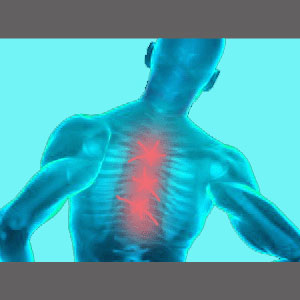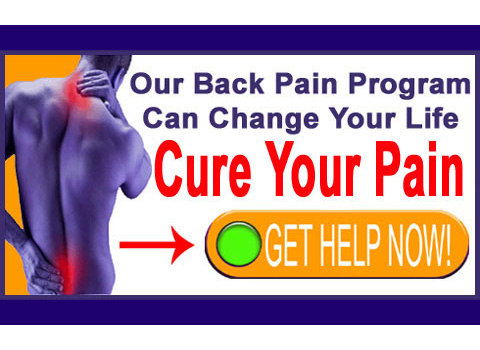
Traction for spinal stenosis is a traditional medical therapy that has been used for decades to treat a variety of problematic back and neck pain conditions. Traditional traction has shown itself to be a highly controversial treatment for virtually all manner of spinal problems, since there is little in the way of proven efficacy and an ever-growing number of negative consequences associated with the technique. However, traction remains a primary care modality in much of the under-developed world, especially in regions that lack modern medical infrastructure, quality physician support systems and access to recent medical research.
This guide investigates the use of traction for central spinal stenosis and neuroforaminal stenosis. We will detail the few benefits and positive indications of treatment, as well expose the many drawbacks and contraindications of bedridden spinal tensioning.
What is Traction for Spinal Stenosis?
Traction is a treatment involving the application of progressive weights to the spinal anatomy, typically through the use of harnesses and limb attachments. In some instances, flexible resistance bands or pulley systems are used in addition to, or instead of, weights.
Patients will generally be confined to bed while the treatment is rendered, typically remaining static for weeks or months at a time. Some patients will be kept in a half upright position, while others might be kept fully reclined. Traction is geared towards slowly expanding the spaces between spinal bones in the treated location. The treatment is typically used in cases of suspected neurological compression, regardless of the particular type of nerve or spinal cord impingement taking place.
Traction used to be a very common and popular treatment, especially before the modern age of medical imaging. In the past, patients would not always have the benefit of a firm diagnosis of injury or spinal pathology and so large sections of the problematic area would be treated speculatively. Traditional traction has grossly fallen out of favor in the modern medical arena, although it is still used in many less developed areas of the world. Meanwhile, modern versions of traction are still used frequently in chiropractic settings, in physical therapy practices and within the nonsurgical spinal decompression sector of treatment.
Spinal Traction Benefits
Traditional traction is meant to apply gradual and controlled pressure to decompress spinal structures, such as vertebrae and intervertebral discs. In most of these cases, the spinal structures are suspected of causing neurological compression by direct pressure on a nerve tissue. In cases where the force can be expertly controlled and applied to a specific spinal region, results might be effectual for relieving some types of neurological impingement.
Modern spinal decompression and chiropractic traction techniques, such as Cox therapy, can definitely provide effectual decompression of certain types of spinal problems. These systems are tailored to treat disc pathologies wherein the intervertebral spacer is thought to be compressing a nerve root or the spinal cord. Decompression might also be less effective for treating particular types of arthritic conditions, including facet joint syndrome.
Traction for Spinal Stenosis Limitations
Traditional bedridden traction was thought to decompress spinal vertebrae and intervertebral discs, but research shows little evidence that it has ever worked well, if at all.
Although all forms of traction seem better suited for stenosis concerns that originate from disc pathologies, there is no evidence that traction will do anything to resolve central stenosis or foraminal stenosis enacted by the most common permanent processes. These less responsive types of stenotic changes include those associated with aging and activity, those enacted by arthritic accumulations within the canal spaces, those enacted by congenital canal patency issues, those generated by vertebral slippage or spinal curvature conditions and those caused by ligamentous hypertrophy and ossification. Traction is best left for disc-related concerns, when and if, it is to be utilized at all.
Traditional traction also involves long periods of bedridden inactivity that has been proven to degrade musculature, increase the risk of embolism, cause blood pressure problems, slow down the metabolism, retard the healing response and perpetrate other negative systemic health effects.
Traction for Vertebral Stenosis Conclusions
Traditional traction is never an ideal treatment option for any type of injury or back pain condition. It is really only used now by enlightened medical professionals in cases of extreme injury and is discontinued as soon as possible.
Traction, in any form, is best left for treating transient cases of foraminal or central canal stenosis generated by herniated discs. Permanent stenosis changes will not generally respond to traction and might even get worse with extended periods of treatment.
Traditional traction is much a thing of the past, which is fortunate for any back or neck pain patient in a developed medical region. However, for patients in third world countries, traction amounts to a regular torture that shows little efficacy, but demonstrates terrible consequences on general health and wellness. It is long past time to help these countries to improve their dorsalgia treatment protocols. Eliminating the common use of traction for back and neck pain is a great place to start.
Spinal Stenosis > Spinal Stenosis Treatment > Traction for Spinal Stenosis






